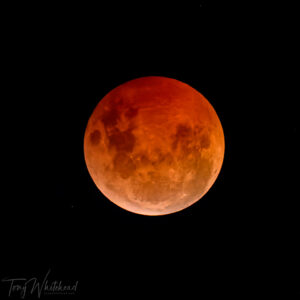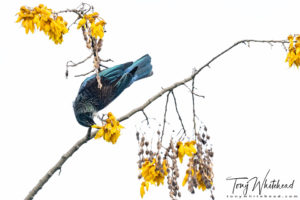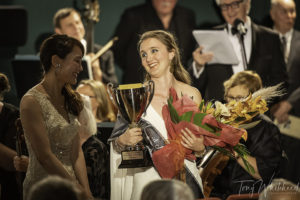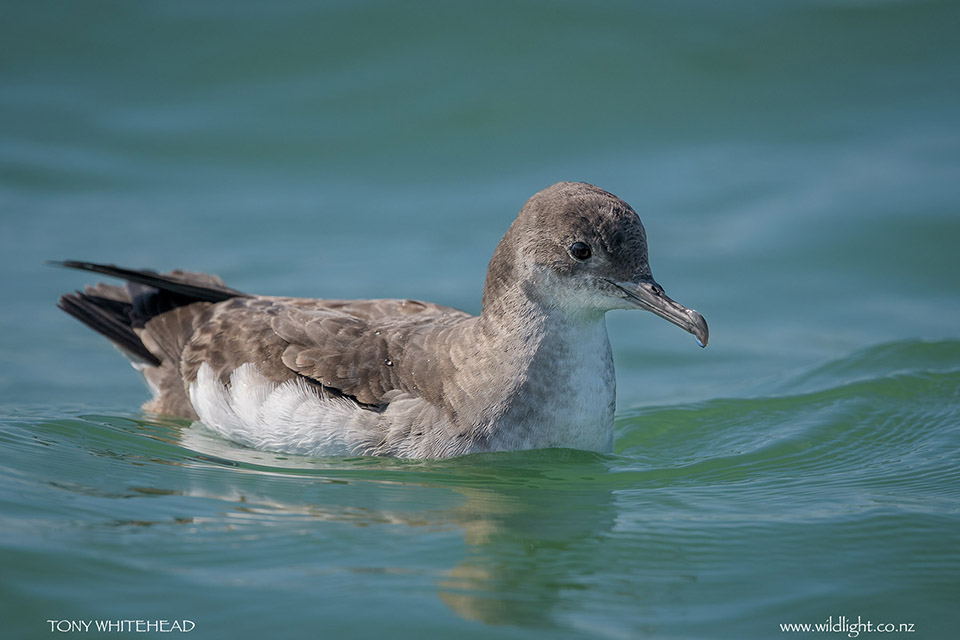
The Fluttering Shearwater is a common endemic seabird in New Zealand. In the past few months I have been pleased to see large numbers in the Marlborough Sounds, Cook Strait, Firth of Thames and Hauraki Gulf. Basically all the places I have been out on the water, apart from Kaikoura where they were replaced by Hutton’s Shearwater which have a lovely story all of their own. Fluttering Shearwater have a distinctive “flutter – glide” flight pattern which makes them easy to recognise from a distance. The only likely confusion is with Hutton’s Shearwater where their distributions overlap around the Cook Strait area.
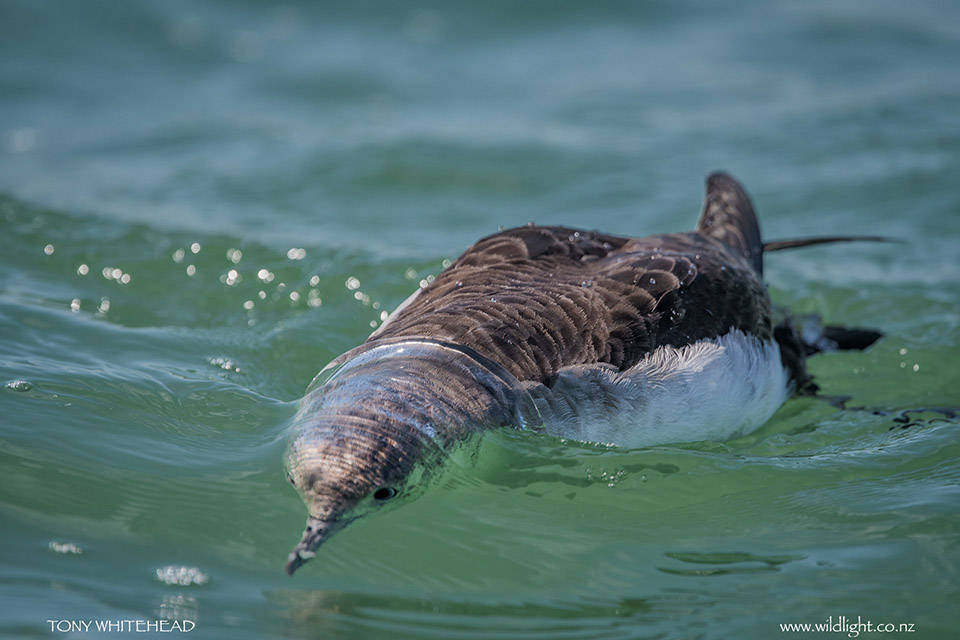
Fluttering Shearwater breed at a number of island sites in northern New Zealand. In the greater Hauraki Gulf region they breed on at least ten islands including Poor Knights, Wareware and Muriwhenua/ North-west Chicken, Taranga/Hen Island, Bream Islands, Mokohinau Islands, Wooded Island, Channel Island, Mercury Islands and Alderman Islands. Since pest eradication they have begun to colonise Hauturu/Little Barrier Island, presumably a self-introduction to a previous breeding site.
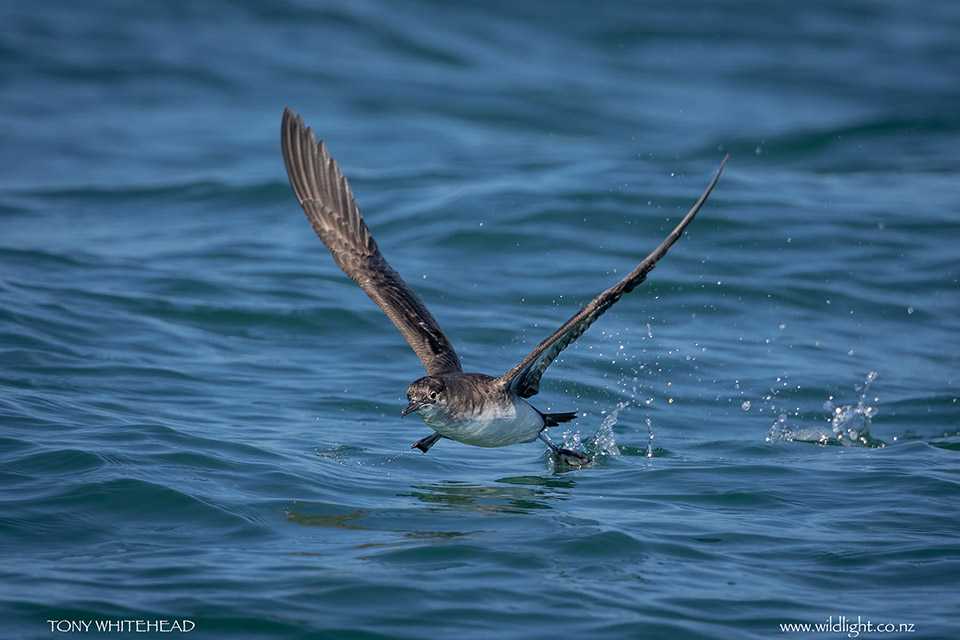
Despite being a common endemic seabird we still have limited information on numbers, breeding sites, breeding biology and food sources. The Northern New Zealand Seabird Trust is involved in much of the work gathering information that will help expand our knowledge of this and other seabirds in the region.
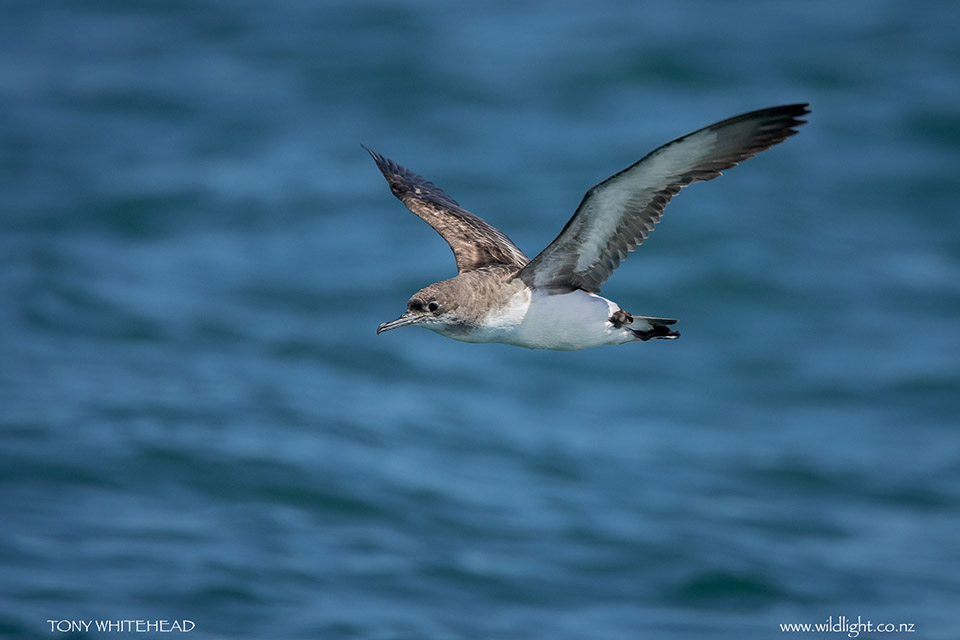
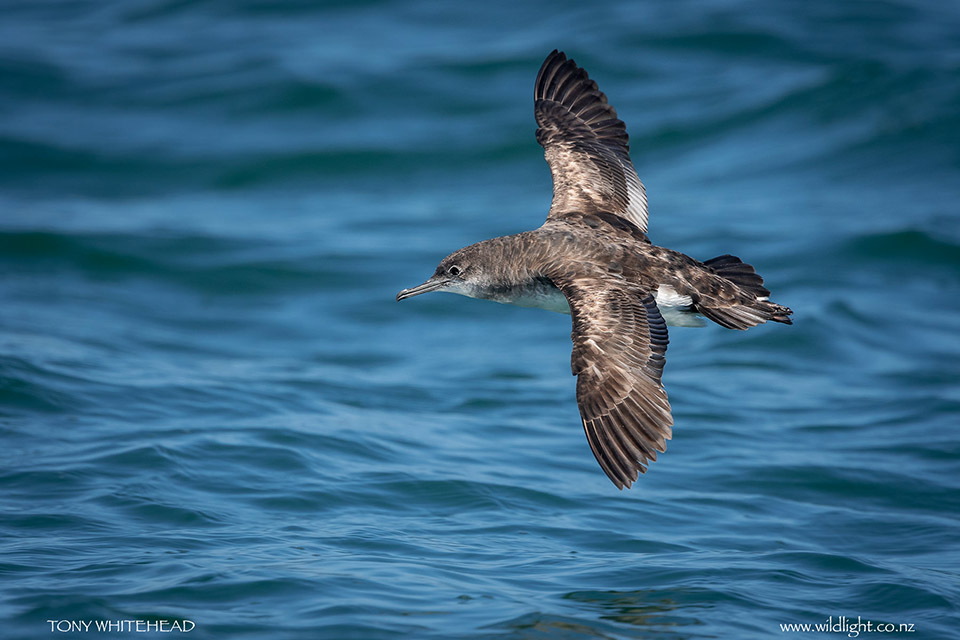
Most of the photos in this post were taken on the Firth of Thames in early December 2018. We were out fishing and I had taken a camera as the chance of seeing birds is always good out on the water. Fishing was steady with a few reasonable snapper for dinner, some large Jack Mackerel and reasonable Kahawai in addition to a couple of species of shark that made a bit of a nuisance of themselves. A number of Fluttering Shearwater flew by and one lingered in a our berley trail picking out small pieces of fish and giving some opportunities for on the water shots. After a while the fishing slowed so we decided to move and managed to locate a current line along the receding tide that had a froth line between silty green Firth water and cleaner Gulf water. Moving along the tide line we soon located a workup of Kahawai feeding beneath the surface with Fluttering Shearwaters above. The fishing was frantic with lures hit before the retrieve could begin. Normally a dream fishing scenario, I realised that my priorities had changed since my days as an obsessed fisherman as I gave my rod away in favour of photographing the birds and keeping the boat in the action zone. My fishing companions had a great time with the fish, keeping a half dozen that we smoked for fish pie and releasing the rest. My delight was in harvesting some better images of Fluttering Shearwater than my previous attempts. We were lucky to also see Buller’s Shearwater, Spotted Shag, Pied Shag, Gannets, White-fronted Tern and a bonus young Arctic Skua.
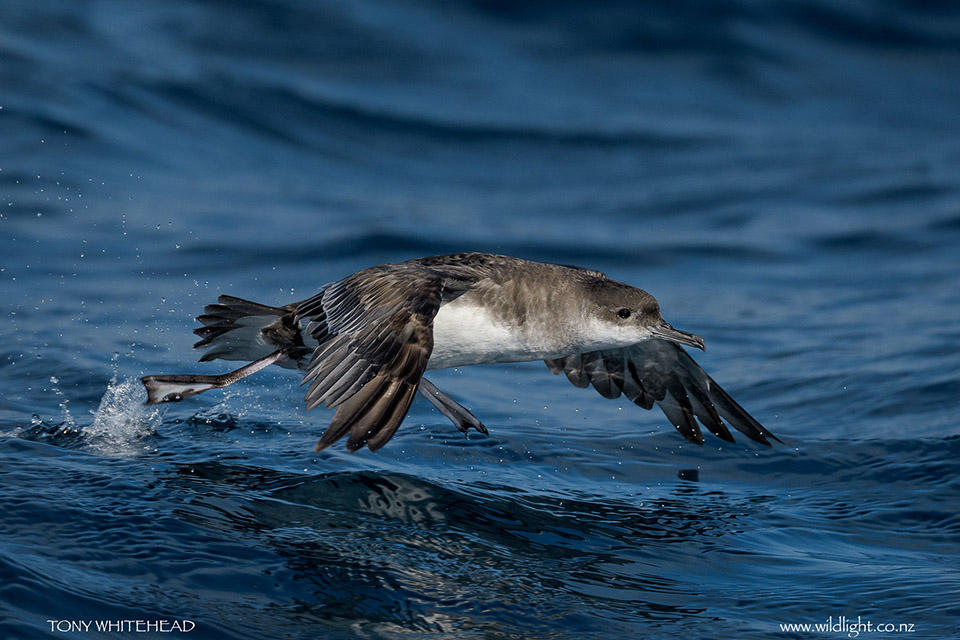
Photographically none of these images were in my preferred diffused light as you take what you get out on the water. Uniform light conditions with flying birds mandates manual exposure to avoid the background altering the exposure value. Light level determines ISO required for an adequate shutter speed as aperture is generally wide open or 1 stop down to give slightly more depth of field if birds are close. The small, light Nikon PF series telephoto lenses are a real advantage for this kind of work.
Firth of Thames Photos with Nikon D500 and Nikon 300mm f4PF with TC 14 teleconverter. Final photo from the Hauraki Gulf with the Nikon 500mm f5.6PF.
